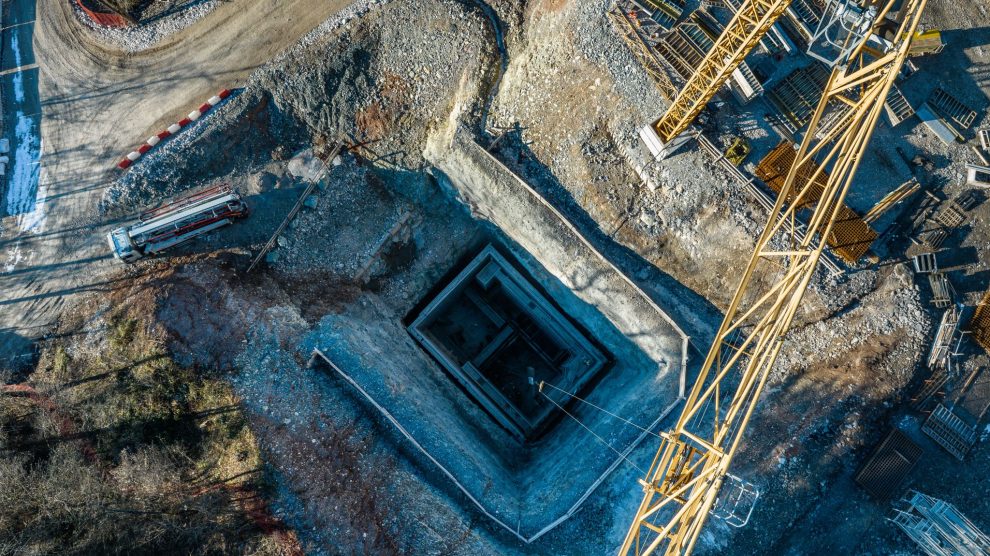Digging for independence. After more than 30 years of inactivity, Italy is launching a national plan to explore its subsoil in search of critical raw materials.
- The goal is to reduce dependence on third countries—particularly China—for materials essential to the ecological and digital transition.
- As the revival of Italy’s mining sector is a strategic move to ensure industrial sovereignty, the challenge lies in building a complete supply chain, attracting reliable investments, and providing adequate training.
- Without these elements, the program risks stalling at the exploration stage.
Inside the plan. Last week, the government approved the National General Mineral Exploration Program (Programma nazionale di esplorazione mineraria generale).
- So far, €3.5 million has been allocated for the first of five planned phases.
- The program will launch in September 2025 and will involve 15 pilot projects, coordinated by the Italian Institute for Environmental Protection and Research (ISPRA), with the participation of 400 experts.
- It will cover 15 regions, including Lombardy, Piedmont, Tuscany, Sardinia, and Calabria.
- The preliminary exploration targets raw materials considered strategic for industry, energy, and innovation: graphite (batteries), rare earth elements (hi-tech), antimony (semiconductors), tungsten (speciality steels), titanium (aerospace), lithium (energy storage), and feldspar (ceramics)
Starting point. The current phase is exploratory, aiming to assess the potential of the subsoil before any operational projects are launched.
- Bibliographic analysis, surface geological surveys, and geophysical prospecting will be conducted, all with minimal environmental impact.
- Expired public concessions will be reactivated, and private initiatives are also advancing.
- In Gorno (Lombardy), work is underway to reopen a lead and zinc mine.
- In Silius (Sardinia), efforts are ongoing to revive a fluorite site that may contain rare earths—ISPRA considers this project one of the most promising in Europe.
Timelines and costs. Launching production requires a long and complex process.
- Under current Italian law, obtaining a research permit can take up to 3 years, with a validity of 3 to 5 years.
- This is followed by the application for a mining concession, which may require an additional 2 to 5 years.
- The construction and startup of mining facilities can take another 1 to 3 years, followed by the extraction phase (lasting from 10 to over 30 years), and ultimately, site closure and reclamation.
- On average, it takes between 8 and 15 years to open and fully activate a new mine in Italy.
The challenges. Timelines may prove too long in comparison to the global speed of demand.
- Italy currently lacks refining and processing infrastructure, which means it does not yet have an effective or fully independent mining supply chain.
- Only part of the multi-year budget has been financed.
- The only remaining specialised university course is at the Polytechnic University of Turin, with just 15 students enrolled per year—many of them foreign—highlighting a gap in domestic expertise.
What we’re watching. This initiative is highly strategic, given the importance of the minerals being sought, and it requires full support from both political and business actors.
- Regulatory complexity, bureaucratic delays, and the absence of a comprehensive industrial strategy may hinder the potential involvement of like-minded foreign companies.
- Yet this path is necessary, especially considering that 98% of the rare earth magnets used in Europe are controlled by China, which also dominates the critical raw materials refining market and continues to invest in mining acquisitions in Africa, South America, and Central Asia to secure its supply chains.




